Ever since the first title launched back in 1991, the Sid Meier’s Civilization series has been one of the biggest names in the 4X genre. Over the years, many titles have either been inspired by it or attempted to take it on, to no avail. Now, after almost a decade of post-launch content for Sid Meier’s Civilization 6, Firaxis is set to finally deliver the hotly anticipated Sid Meier’s Civilization 7.
Just like every Sid Meier’s Civilization title before it, Sid Meier’s Civilization 7 tasks players with guiding a nation throughout the many eras of history in hopes that they can come out on top. That turn-based strategy experience will be instantly familiar to any veteran of the series, and yet, this iteration may feel entirely new at the same time. From splitting up civilizations and leaders to narrowing the experience down to three ages, this might be one of the biggest changes to the series to date. And although it may not click with players right away, the studio seems to have delivered another fun-filled strategy adventure that will likely be built upon for years to come.
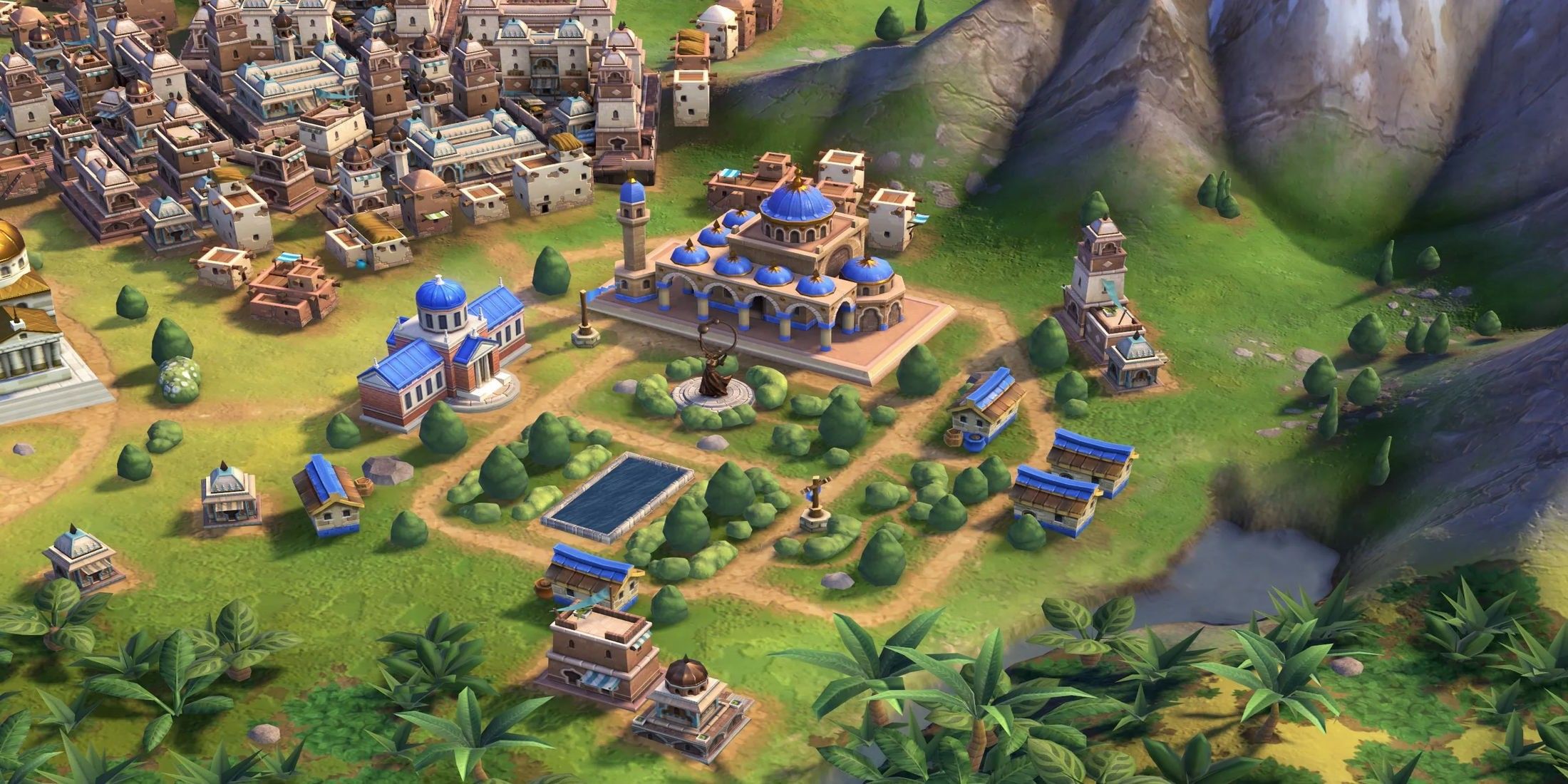
Related
Civilization 7’s Victory Types Could Be a Game-Changer
Firaxis is tearing apart age-old Civilization customs in Civilization 7, and the changes to the Victory Types could usher in a golden age.
Sid Meier’s Civilization 7 Approach to Leaders is an Exciting Change
From the second players start up their Sid Meier’s Civilization 7 adventures, they will notice a massive change to the formula. In past titles, players would just select one historical nation led by an iconic real-world leader that they would guide throughout the many ages of history. Each civilization had its benefits and drawbacks, and they would often require a different strategy to master. With Sid Meier’s Civilization 7, the civilizations still offer that, but this time around, the leaders are actually separated from those nations. If that was not a big enough change, players will also lead three entirely different civilizations during a single game.
When players start up their game, they must select what historical leader they want to play throughout the duration of the experience. Each Sid Meier’s Civilization 7 leader has its own abilities, and this time around, they are not all exclusive to leaders of nations. While the likes of Catherine the Great and Napoleon are here, players can also take on the role of historical figures like Harriet Tubman and Machiavelli. Just like with every Sid Meier’s Civilization game before it, there are even more figures just waiting to be added to the roster through DLC.
Once players select their historical figure, they can then choose what civilization they will start as. Just like leaders, each civilization has its own perks and drawbacks. Additionally, since the leaders have their own abilities, players can mix-and-match leaders with civilizations to figure out what combination is best. Luckily, the game does tell them what the best combinations would be, but they are also free to select whoever they want. As they progress through Sid Meier’s Civilization 7‘s three ages, they will take on a new civilization with new abilities, units, and wonders, making for an ever-changing experience.
While this new approach may be at odds with past Sid Meier’s Civilization titles, it actually makes for an incredibly fun experience. It forces players to rethink their strategy, utilize new wonders and units, and experiment with all sorts of different abilities throughout a single game. What makes it even more engaging is the fact that some civilizations are not actually unlocked unless players do specific tasks in the previous age, like founding a certain number of cities or building multiples of a specific building. There are many ways to unlock these civilizations, and each unlock is themed around how said civilization historically worked. And luckily, if players did not do those tasks, they still have a few powerful civilizations to choose from by default.
Sid Meier’s Civilization 7 Ages Help Shake Up the Experience Immensely
Firaxis has also chosen to significantly change the way that Sid Meier’s Civilization‘s ages work. This time around, the entire game is condensed into three very distinct ages with their own unique gameplay mechanics. A standard game starts in the Antiquity Age, which is where players first establish their civilizations, meet their neighbors and do everything they would expect to do in those first couple of turns. After around 150–200 turns, the game will transition into the next age, which comes in the form of the Exploration Age,
In the Exploration Age, players must branch out and explore the unknown, much like civilizations did in the real world. The second half of the map opens up, giving players new lands to conquer and new civilizations to meet. They must establish new cities in these new lands and harvest their exotic resources while also trying to ensure their nation stays together. With the removal of Sid Meier’s Civilization 6‘s loyalty system, players are given virtually free rein to build wherever, as long as they can protect it.
The final age comes in the form of the Modern Age, which is when players will really start to compete for that final victory. The age of expansion is over, this age is when they need to build up their armies, fortify their cities, put their resources into winning, and prepare for the disastrous potential of a World War. And said World War will happen as that is the only way for players to earn a Military victory.
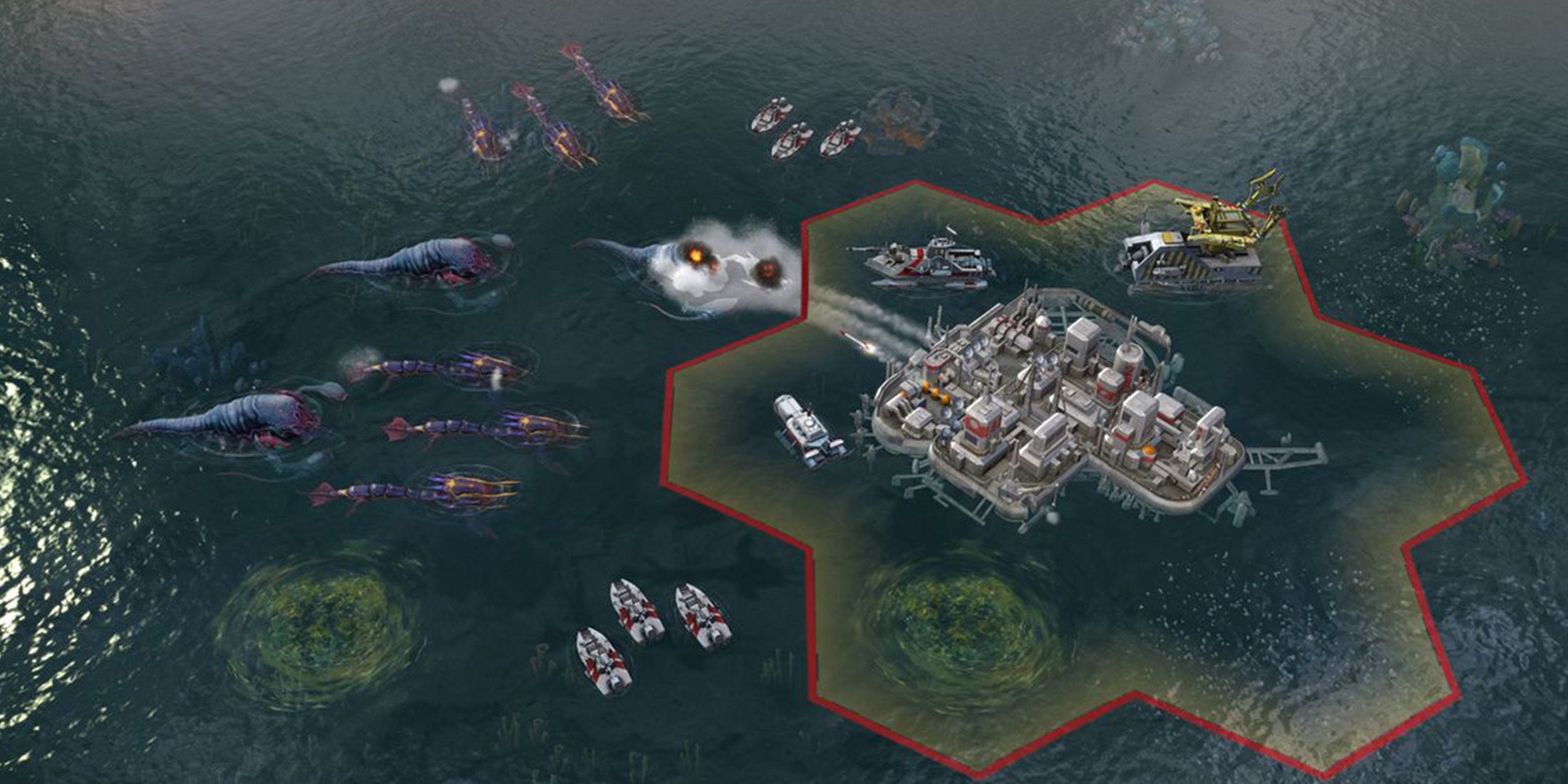
Related
The Sid Meier’s Civilization Beyond Earth Concept Shouldn’t Face the Reaper
While the Sid Meier’s Civilization franchise may be forging ahead with a seventh entry, the Beyond Earth spin-off seems to be left to gather dust.
With the passing of each age, the game sort of resets. Players keep all the cities and units they have constructed, and their neighbors stay the same. However, this is when they select a new civilization, they get brand-new tech and civic trees, and all the city-states are replaced with new ones. This not only means that those falling behind get to start off on a more level playing field, but it also forces the biggest powers to reassess and refocus a bit, as they have new abilities to play with. Additionally, some buildings are replaced, and new age-specific Wonders are unlocked.
While starting fresh in this way may sound a bit annoying, players are rewarded for how well they did in the previous age. Depending upon how much they accomplished in that last Age and how far they got down one of the game’s Legacy paths, they are given points that they can spend on special abilities or upgrades. None of them will make the player unstoppable, but they do help give them a slight edge in the next Age. And if they plan ahead, it may be exactly what they need to win the day.
The age system does make for a significantly different, and pretty fun, experience. However, it is also not without its flaws. One of the biggest comes with the Exploration Age, as only civilizations that start on the same continent as the player actually benefit from the distant lands mechanic because the game does not count the original continent as a distant land. Firaxis has said they are hoping to change that, but as of now, it could ruin some of Civ 7‘s immersion factor. On top of that, the Ages can sometimes make games feel extremely fast, so players may want to increase the game length.
Sid Meier’s Civilization 7 Has a Plethora of Other Changes As Well
Sid Meier’s Civilization 7 is also shaking up so many different parts of the game that some aspects may go unnoticed by players. For starters, leaders now have their own upgrades in the form of the Attribute system. Upon completing different tasks, players will be rewarded with points for six different talent trees: Cultural, Diplomatic, Economic, Expansionist, Militaristic, and Scientific. These trees allow players to further customize their leader throughout the game, giving them slight bonuses to all sorts of different resource gains.
Along with that, warfare has gotten a major upgrade with Sid Meier’s Civilization 7. Gone are the days when players have to move individual units, give them upgrades, and assemble small groups of the same type. Instead, Firaxis has introduced commanders for players to produce. These commanders can house up to six units at once, letting them move across the map as one single unit. Once they get to the battlefield, they can unload and begin destroying the enemy. If they are standing within the commander’s area of influence, they can coordinate their attacks and gain powerful bonuses. As they cause havoc, the commander will level up, and players are able to fill multiple tech trees with points for even stronger bonuses.
If that was not enough, Sid Meier’s Civilization 7 has even more changes for players to look forward to. City-state negotiations have been revamped, newly settled cities now start as easier to manage towns, diplomacy in general has had a bit of an overhaul, the game has returned to its more realistic art style, builders are a thing of the past, there are new optional bonuses in the form of unlockable mementos, and so much more. While veteran players may be able to grasp the essentials pretty quickly, this is definitely unlike any Sid Meier’s Civilization game that has come before.
Sid Meier’s Civilization 7’s Victories Are Not Perfect
Of course, the main goal of any Sid Meier’s Civilization game is to win. In this game, there are four different victory types, not counting the Legacy victory, which is only awarded if one of the others is not obtained. Players should be familiar with said victory types, as they are pretty similar to what has come before. There is the Culture, Military, Science, or Economic victories just waiting to be claimed. However, unlike past games, earning these are very different.
This time around, players progress towards these victories via the brand-new Legacy Paths. Each age has new Legacy Paths, with each Path being broken down into multiple steps. As players check off those steps, they are awarded Legacy Points that give them slight edges in the next Age. Additionally, the age progresses and if players completely finish a path, then they are rewarded with a special Golden Age related to that Path.
While this does help lay out how to win a game, the tasks associated with them are fairly mundane and lead to some lackluster victories overhaul. For example, to win the Culture victory, players just have to house 15 artifacts and complete the World’s Fair. Of course, there are many other tasks to complete first, but if players focus, it really is not that hard, and ultimately, it does not always feel like a victory. It does not ruin the experience, and Lead Designer Ed Beach did tell Game Rant that victories are likely going to be worked on, but it could still make for a more lackluster end to the game.
Sid Meier’s Civilization 7 offers a fantastic experience for fans of the franchise and genre. Its turn-based gameplay loop is endlessly addicting, the civilizations and leaders are a joy to play around with, and its exploration of history is a sight to behold. It has a few flaws that need to be worked out, but just like almost every Sid Meier’s Civilization game before it, those will likely be addressed with future patches and DLC content. So, for those veteran players who were eagerly anticipating the next entry or new players who may have never touched this franchise before, this may be exactly what they were looking for.
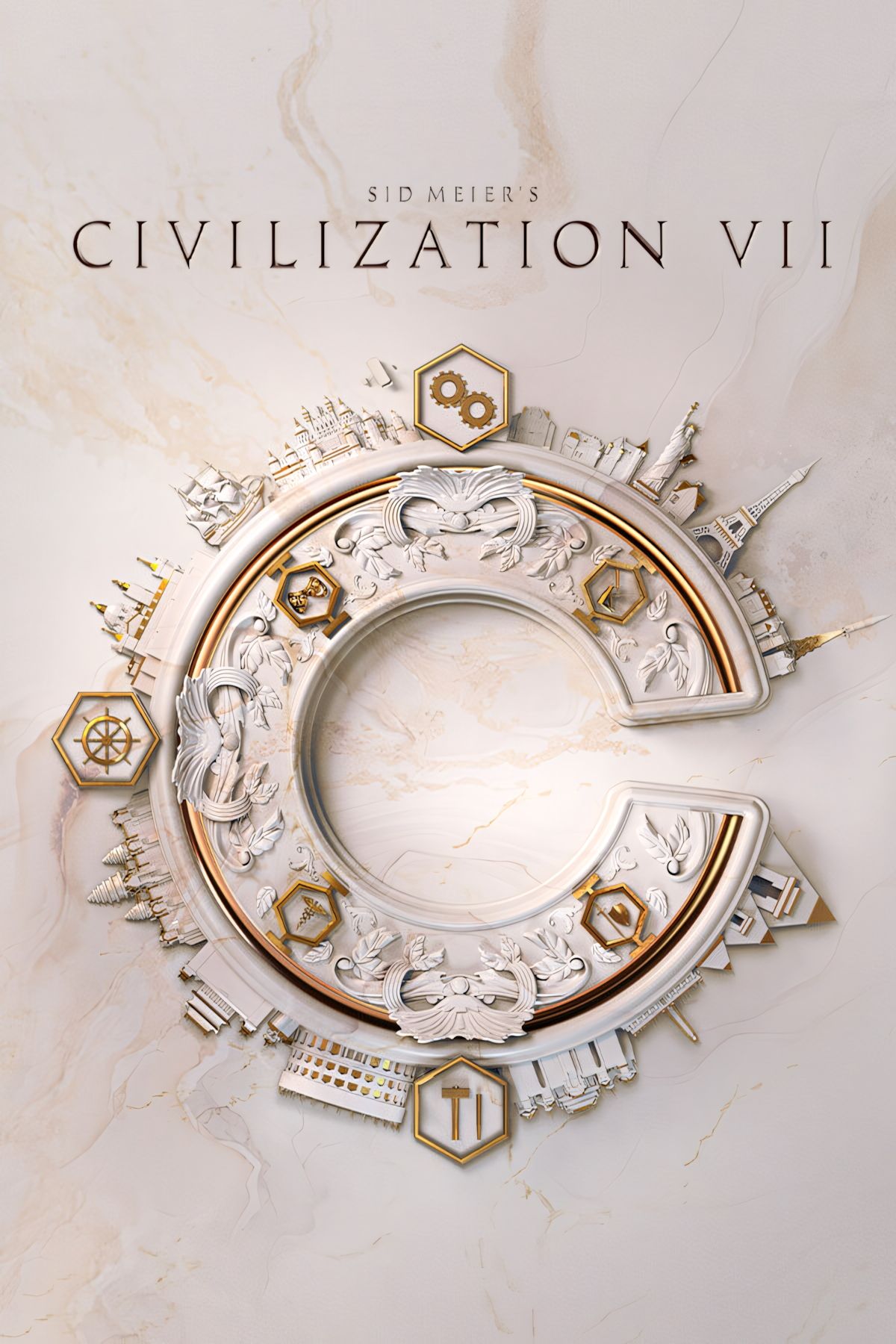
- Released
-
February 11, 2025
- Splititng Up Leaders and Civs Adds a Whole New Layer
- The Age system is a true standout
- The tried-and-true CIvilization experience with new twists
- Victories need some tweaks
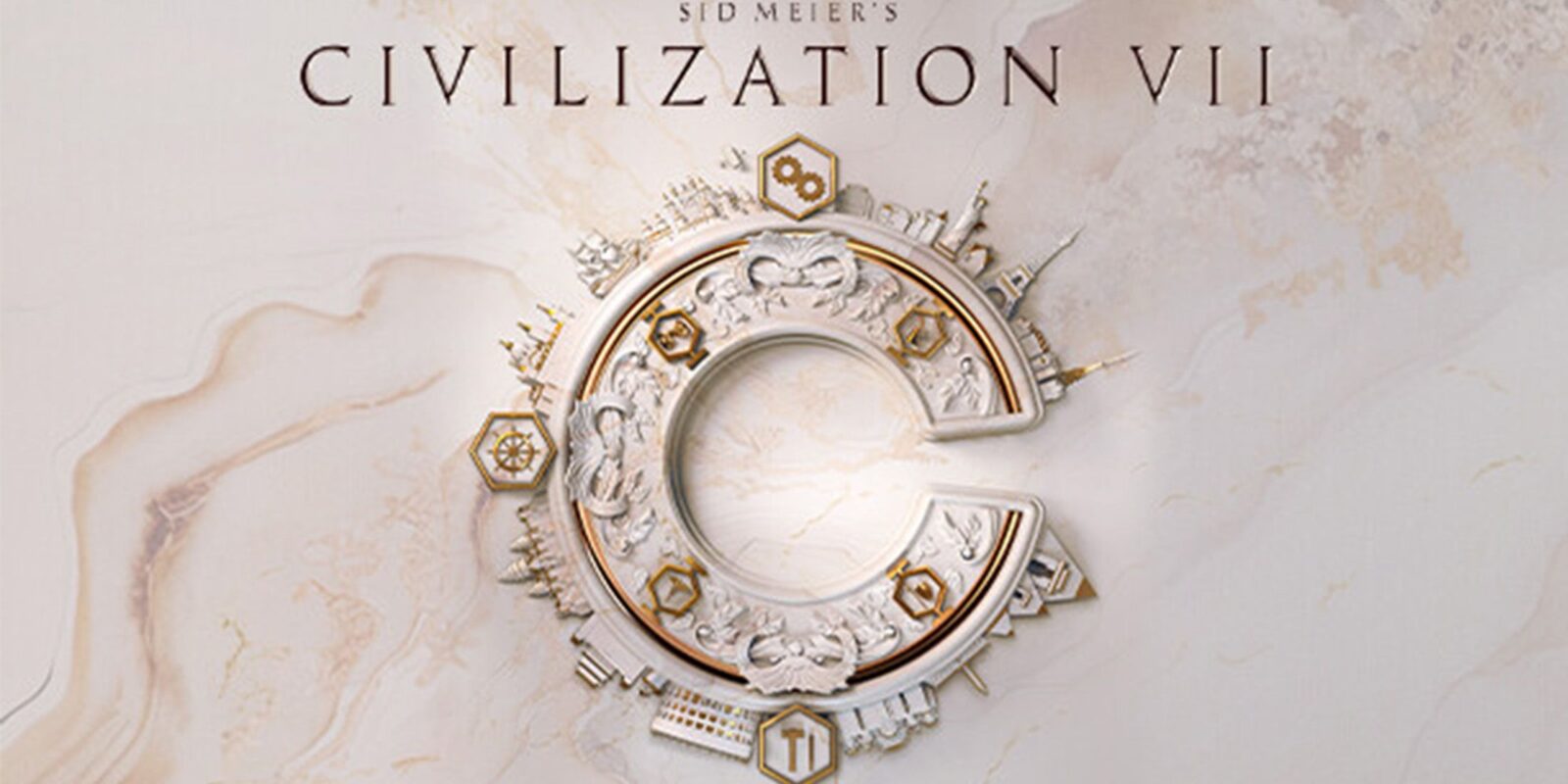

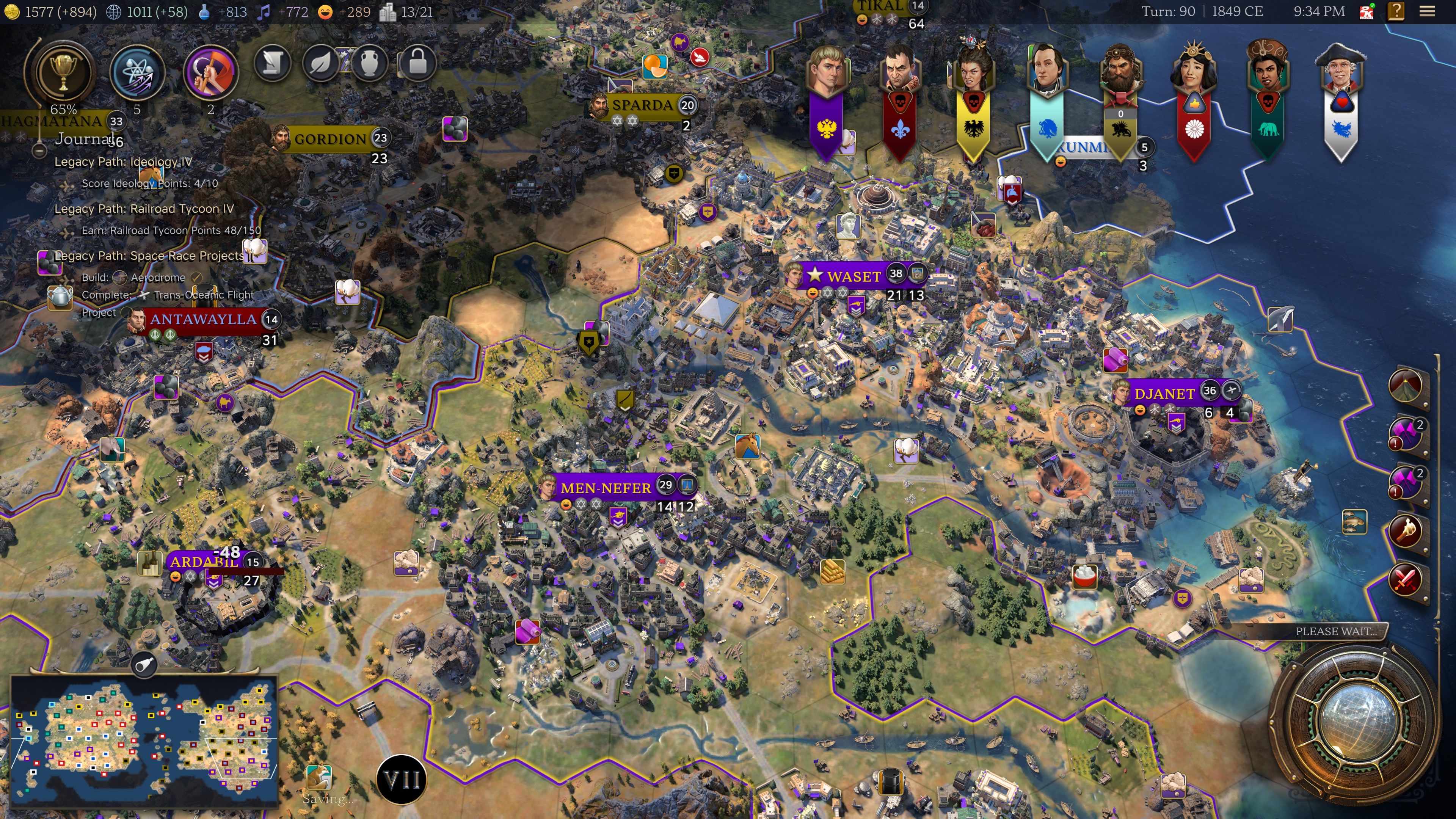
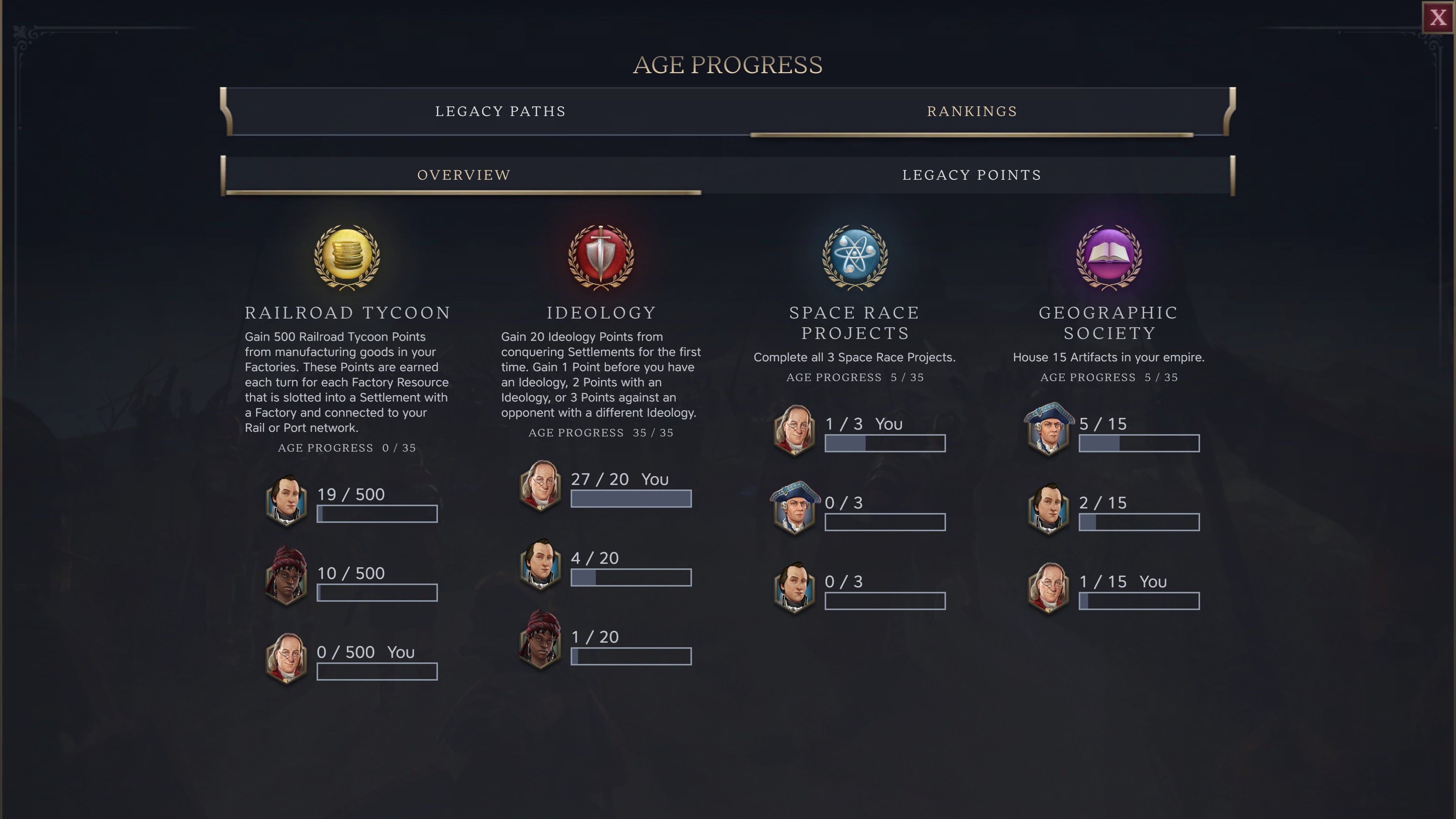







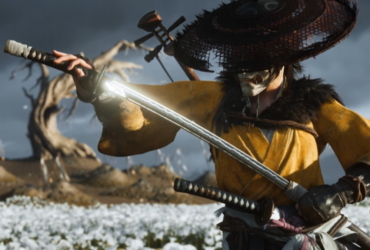
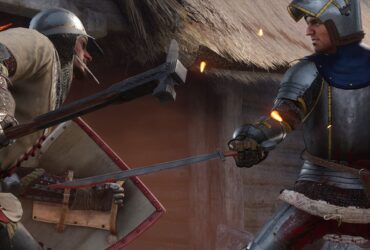
Leave a Reply